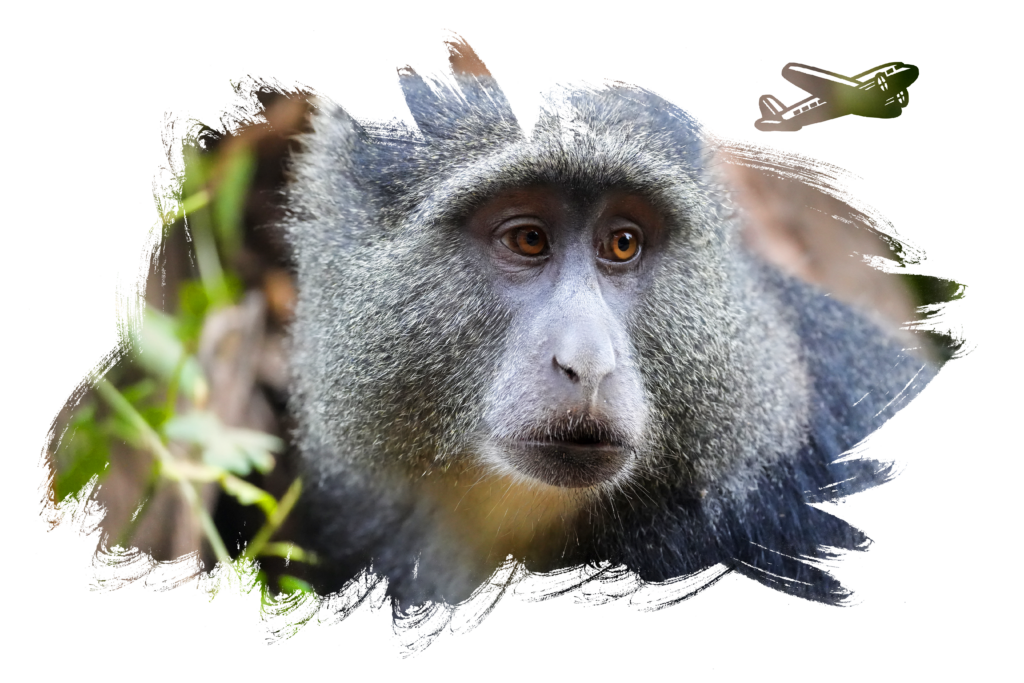Mahale National Park
Mahale National Park
On the shores of Lake Tanganyika, the oldest and deepest lake in the world lies a pristine and remote park; the Mahale National Park which holds and protects the largest known population of chimpanzees, the jungle, and the mountains. Visiting the park is a gratifying experience as you have a chance to carry game drive, chimp-trekking, hiking, snorkel and bird watching. Covering about 1,600km² of the Mahale Mountains, this national park is home to around 1,000 chimpanzees. Most significantly, one group of Mahale chimps – the Mimikire clan – has been habituated by researchers since 1965. Currently led by an impressive alpha male, Alofu, the M-group, as they are commonly known, has around 56 chimps. They go where they want and when they want but are relaxed near people, so it’s possible to track and observe them from very close quarters. For the good of the chimps’ health, all human visitors on chimpanzee safaris are required to wear surgical masks – which will be provided for you.
Set among the spectacular, forested slopes of the Mahale Mountains, the Mahale Mountains National Park was originally created to protect the thousands of chimpanzees that inhabit the region. It is renowned for its fantastic sunsets over Lake Tanganyika, which makes it an essential stop for keen photographers and safari enthusiasts.
The establishment of this Park was a reflection of the government’s commitment to preserving the chimpanzee population as well as an emulation of the efforts by Japanese researchers who pioneered to conduct research on primates including chimpanzees. The park’s breathtaking array of habitats include rainforest, grasslands, alpine bamboo and woodlands; where some 50 species of animals have been recorded, predominant among these being representatives from various monkey and ape families, and over 90 unique species of fish swim in the clear waters of the lake.
Set among the spectacular, forested slopes of the Mahale Mountains, the Mahale Mountains National Park was originally created to protect the thousands of chimpanzees that inhabit the region. It is renowned for its fantastic sunsets over Lake Tanganyika, which makes it an essential stop for keen photographers and safari enthusiasts.
The establishment of this Park was a reflection of the government’s commitment to preserving the chimpanzee population as well as an emulation of the efforts by Japanese researchers who pioneered to conduct research on primates including chimpanzees. The park’s breathtaking array of habitats include rainforest, grasslands, alpine bamboo and woodlands; where some 50 species of animals have been recorded, predominant among these being representatives from various monkey and ape families, and over 90 unique species of fish swim in the clear waters of the lake.
Best Time To Visit Mahale Mountains National Park
January
January is a great time to visit Mahale Mountains National Park. The weather is warm and dry, perfect for chimpanzee trekking and hiking.
February
February continues the dry season, with pleasant temperatures and clear skies. It’s an excellent time for outdoor activities and wildlife viewing.
March
March marks the end of the dry season, with temperatures starting to rise. It’s still a good time to visit, but the park can be more crowded as the Easter holiday approaches.
April
April is the start of the wet season, with rains bringing new life to the park. The landscape is lush and green, but hiking trails can be muddy and slippery.
May
May continues the wet season, with heavy rains at times. It’s a quieter time to visit, with fewer tourists, but wildlife can be harder to spot due to the dense vegetation.
June
June marks the start of the dry season, with cool temperatures and clear skies. Wildlife is active, and the park is less humid, making it a great time for chimpanzee trekking.
July
July continues the dry season, with cool mornings and evenings. It’s a popular time to visit, so it’s advisable to book accommodations and activities in advance.
August
August is one of the best months to visit Mahale Mountains National Park. The weather is dry and cool, and wildlife viewing is excellent.
September
September is similar to August, with dry conditions and abundant wildlife. The park is less crowded than earlier in the year, making it a great time for a safari.
October
October marks the end of the dry season, with temperatures starting to rise. It’s still a good time to visit, but wildlife can be harder to spot as they disperse in search of water and food.
November
November is the start of the short rains, bringing relief from the heat. The park is green and lush, but hiking trails can be muddy and challenging.
December
December sees the continuation of the short rains, with the park becoming green and vibrant. Wildlife is still present, but sightings can be more challenging due to the dense vegetation.
Safari packages in Mahale National Park

Amani Mahewa
Online
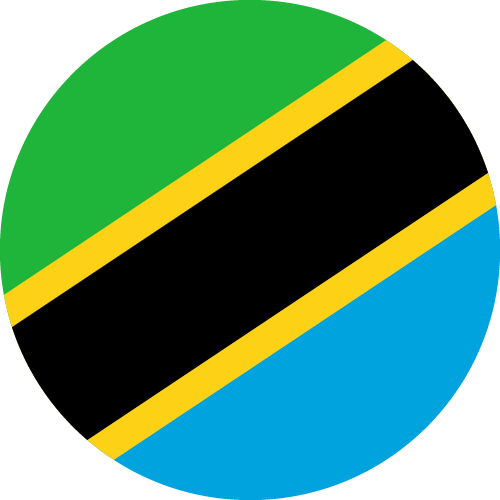
LOCATED IN TANZANIA
Want to plan a memorable Tanzanian adventure?
Contact us. We are always here to help
Things To Do In Mahale National Park
Chimpanzee Trekking
Mahale is famous for its habituated chimpanzees. Trek through the forest to observe these fascinating primates up close in their natural habitat.
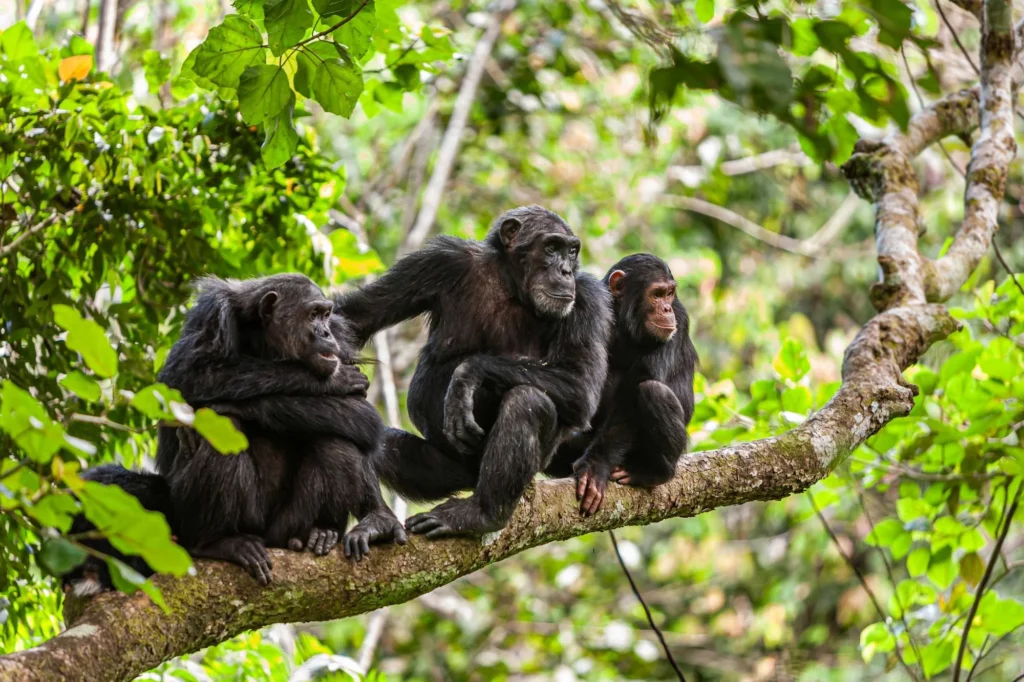
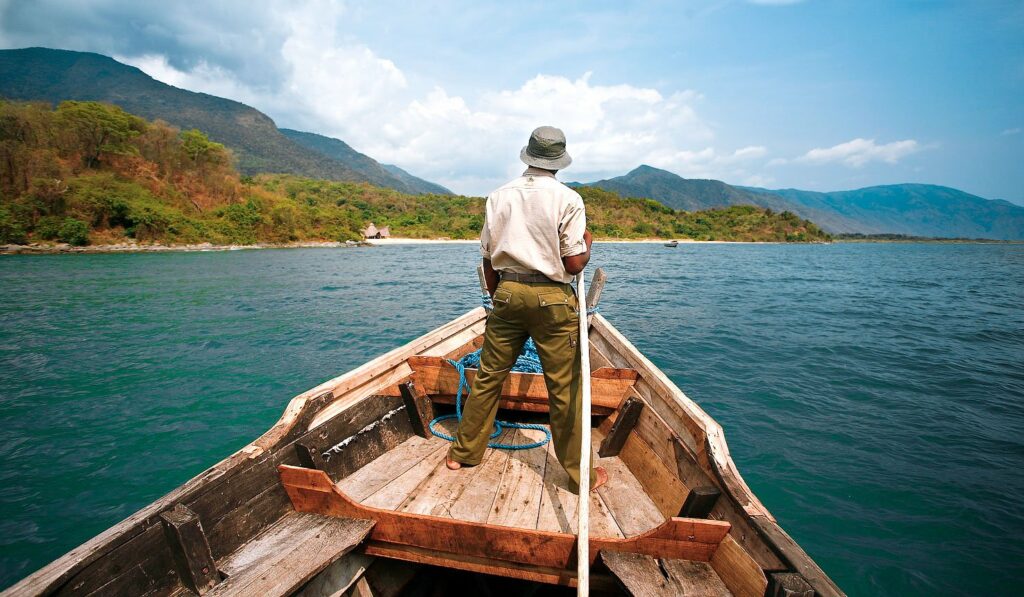
Boat Safaris
Explore Lake Tanganyika on a boat safari, spotting hippos, crocodiles, and a variety of birdlife along the shorelines.
Hiking
Embark on guided hikes through the lush forest, discovering hidden waterfalls and enjoying panoramic views of the lake and mountains.
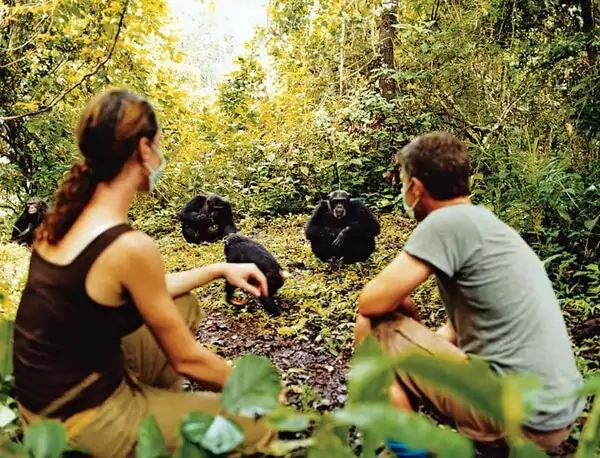
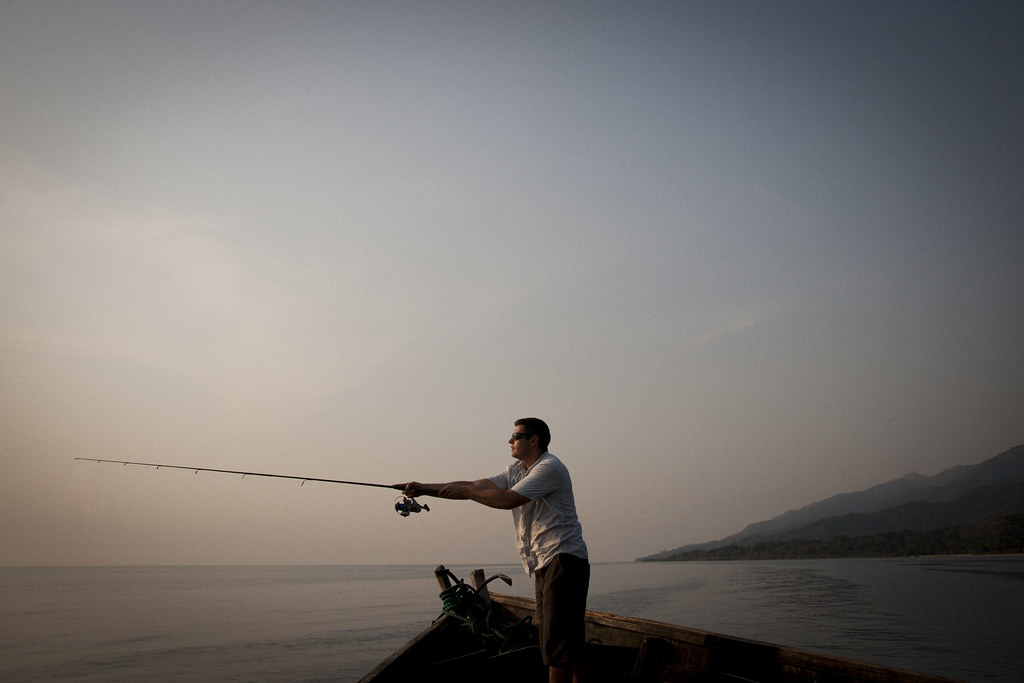
Fishing
Try your hand at fishing in Lake Tanganyika, home to a variety of fish species, including the famous Nile perch.
Bird Watching
Mahale is a paradise for birdwatchers, with over 300 bird species recorded, including the colorful turacos and fish eagles.
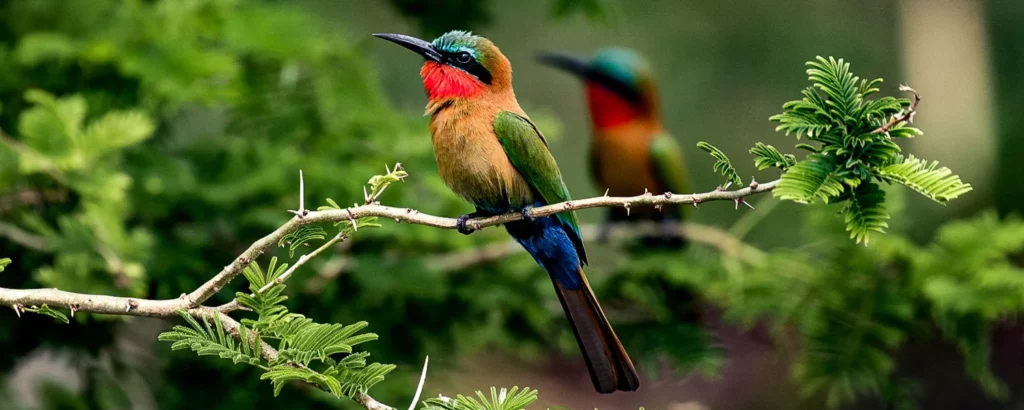

Cultural Encounters
Visit local villages to learn about the traditions and daily life of the local tribes, such as the Wabende and Waholoholo.
Relaxation
Unwind on the pristine beaches of Lake Tanganyika, swimming in its crystal-clear waters or simply soaking in the sun.
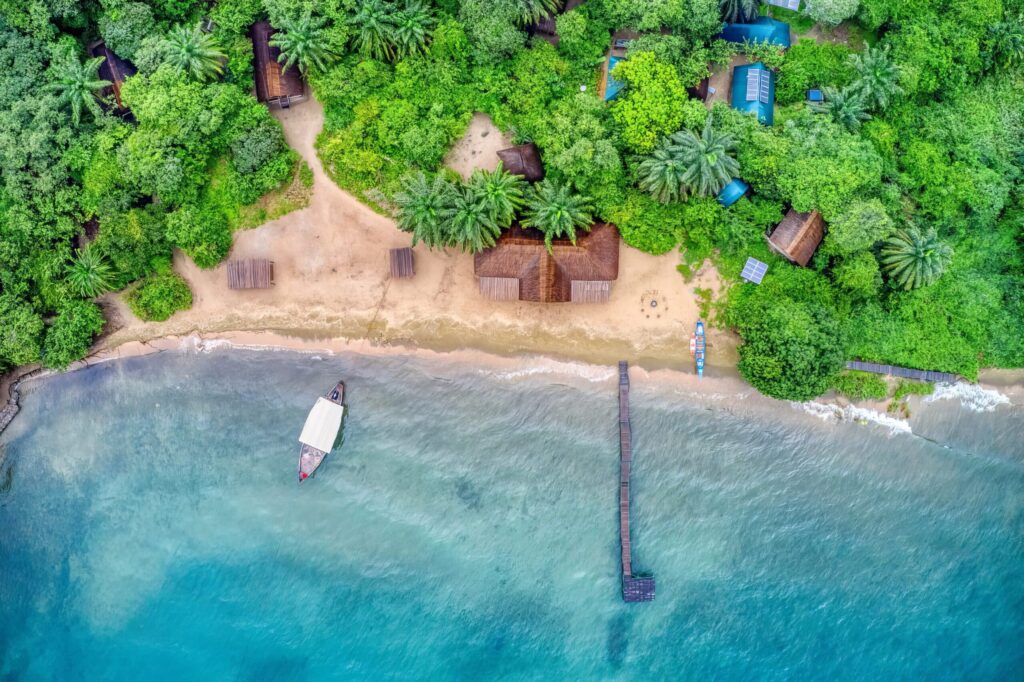
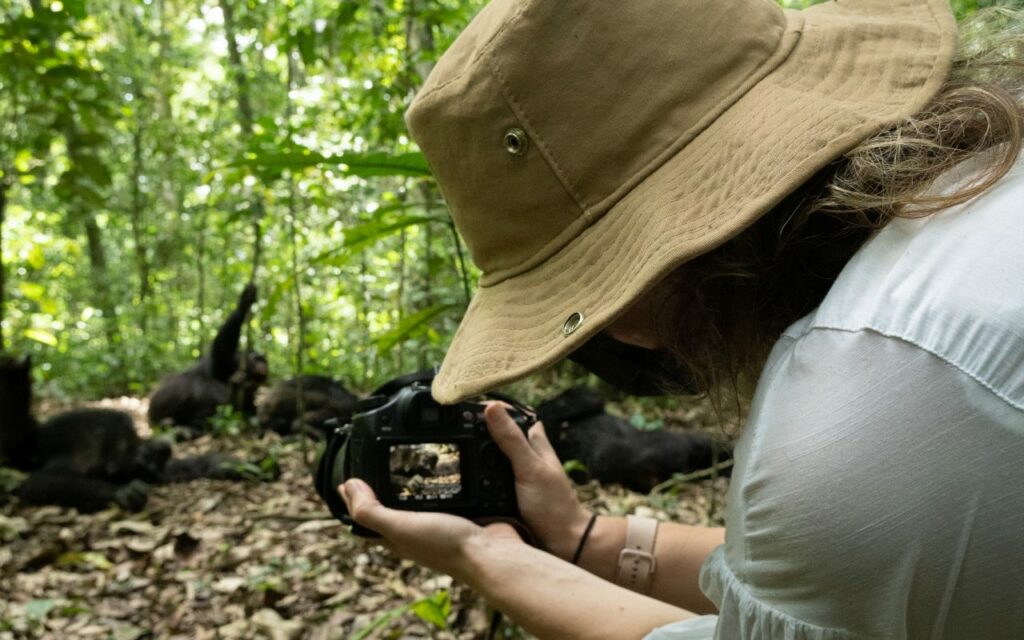
Photography
Capture the stunning landscapes, wildlife, and cultural experiences of Mahale, creating lasting memories of your visit to this remote and beautiful national park.
frequently asked questions about Lake Mahale National Park
What makes Lake Mahale National Park unique?
Lake Mahale is renowned for its population of habituated chimpanzees, offering visitors a rare opportunity to observe these primates in their natural habitat.
How do I get to Lake Mahale National Park?
Access to Lake Mahale is primarily by boat from Kigoma, a journey that takes several hours but offers scenic views of Lake Tanganyika.
What is the best time of year to visit Lake Mahale National Park?
The best time to visit is during the dry season from June to October, when chimpanzee trekking is optimal, and wildlife is more easily spotted.
Are there any other animals in Lake Mahale National Park?
While chimpanzees are the main attraction, the park is also home to a variety of wildlife, including red colobus monkeys, leopards, and a diverse bird population.
What activities are available in Lake Mahale National Park?
Besides chimpanzee trekking, visitors can enjoy hiking, birdwatching, fishing, and boat safaris on Lake Tanganyika.
Is it safe to visit Lake Mahale National Park?
Yes, Lake Mahale National Park is considered safe for visitors, but it’s essential to follow park guidelines and instructions from guides, especially during chimpanzee encounters.
Are there accommodations in Lake Mahale National Park?
Yes, there are a few lodges and camps in the park offering basic to luxury accommodations, providing visitors with a comfortable stay in this remote wilderness.
What should I pack for a visit to Lake Mahale National Park?
Visitors should pack lightweight and breathable clothing, sturdy hiking boots, insect repellent, sunscreen, a hat, and a camera to capture the park’s beauty and wildlife.

